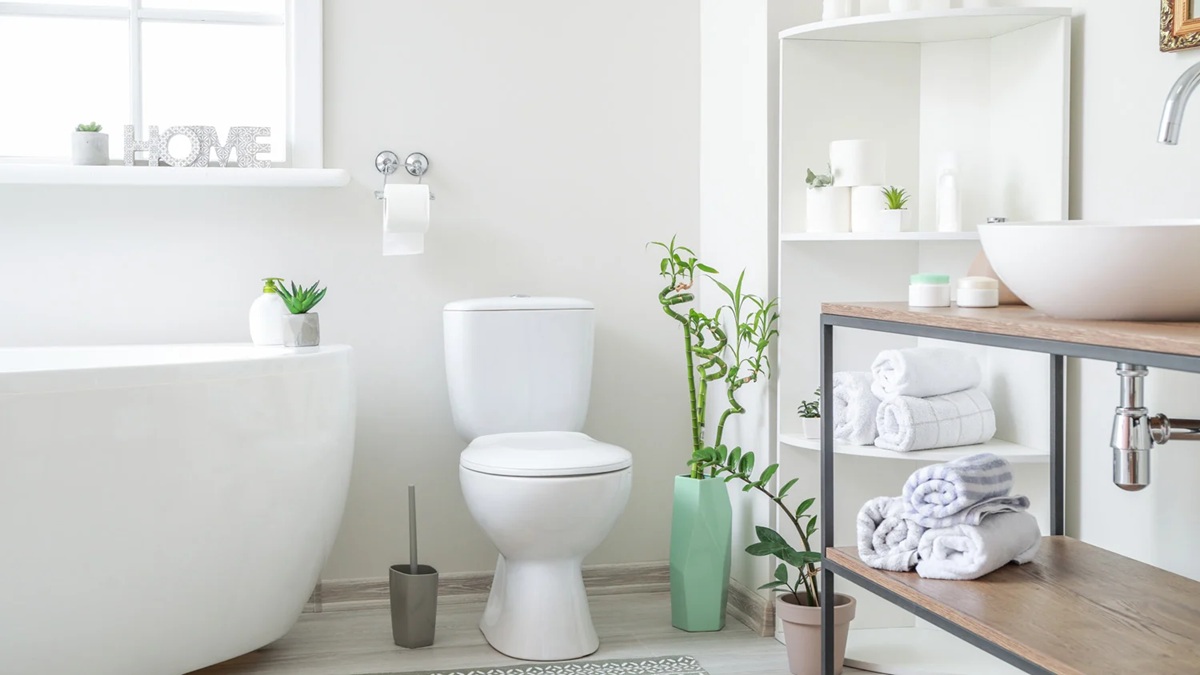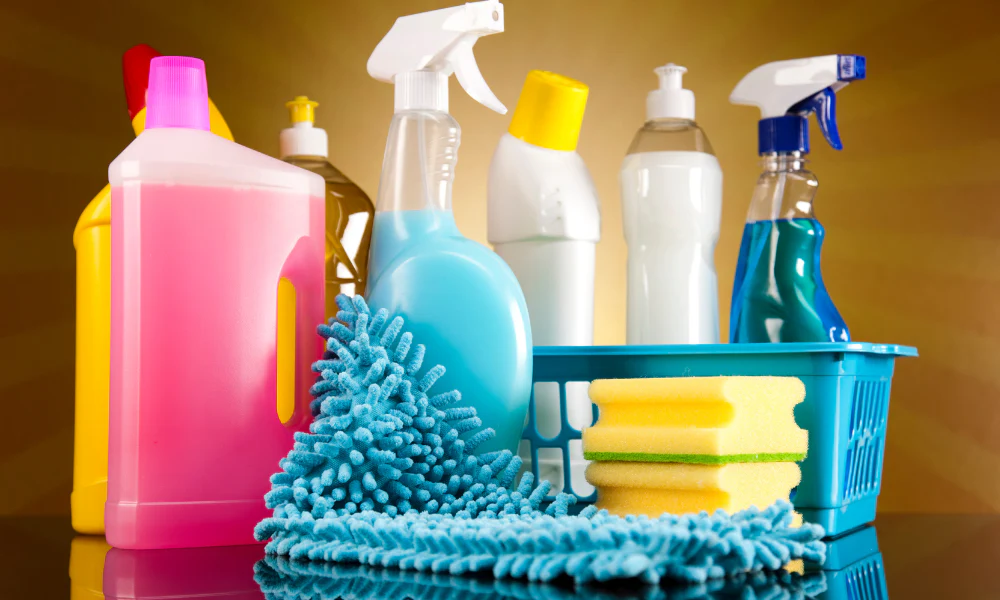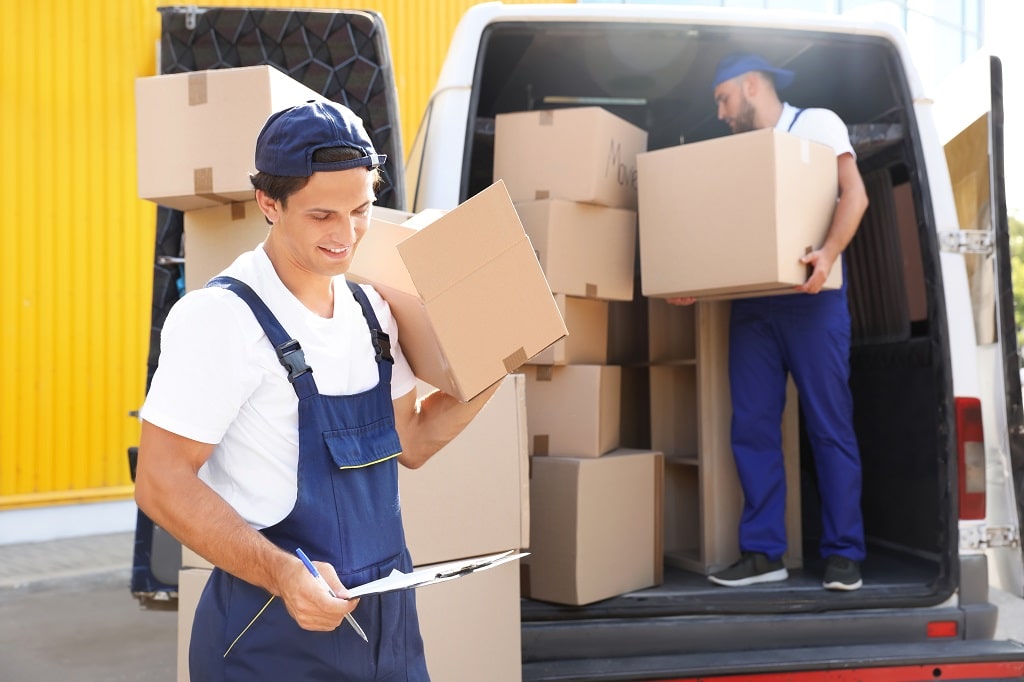Toilet waterproofing represents one of the most critical yet overlooked aspects of residential maintenance, functioning as the primary defence mechanism against water damage in our most vulnerable domestic spaces. Like the protective barrier that shields a delicate ecosystem from environmental threats, proper waterproof membrane systems create an impenetrable fortress around your bathroom infrastructure. This systematic approach to moisture control requires the same methodical precision that governs natural defence mechanisms, where every component must work in perfect harmony to ensure long-term structural integrity.
Understanding the Fundamentals of Lavatory Moisture Protection
The science behind effective restroom sealing systems begins with understanding water’s relentless behaviour patterns. Water, following the immutable laws of physics, will inevitably seek the path of least resistance through microscopic fissures and structural weaknesses. In Singapore’s tropical climate, contractors must use HDB-approved materials like pre-packed waterproofing screed and ensure the membrane extends up the walls/kerbs by at least 150mm, demonstrating the systematic approach required for comprehensive protection.
Modern bathroom moisture barriers employ sophisticated polymer technologies that create seamless, flexible protective layers. These advanced materials expand and contract with temperature fluctuations whilst maintaining their impermeable characteristics, much like the adaptive mechanisms found in nature’s most resilient organisms.
The Anatomy of Water Ingress Failure
Systematic observation reveals that in older buildings, toilets and bathrooms are the most common areas where leakage begins due to the deterioration or wearing out of the waterproofing membrane on the floor over time. This degradation process follows predictable patterns that can be identified through careful inspection.
The primary failure points include:
• Grout line deterioration where constant moisture exposure creates pathways for water penetration
• Sealant breakdown around fixtures, particularly where different materials meet
• Membrane fatigue caused by thermal cycling and structural movement
• Inadequate surface preparation during initial installation phases
Observable symptoms manifest as yellowish ceiling discolouration, peeling paint surfaces, and the unmistakable formation of toxic mould colonies. These biological indicators serve as nature’s early warning system, alerting homeowners to underlying structural vulnerabilities before catastrophic failure occurs.
Modern Non-Invasive Restoration Techniques
Contemporary WC sealing renovation has evolved beyond traditional destructive methods. Advanced injection technologies now allow for comprehensive membrane restoration without the environmental disruption of tile removal. These innovative approaches mirror nature’s preference for minimal intervention whilst achieving maximum protective effectiveness.
Polyurethane injection systems penetrate microscopic voids with scientific precision, creating new waterproof barriers within existing structures. This methodology represents a quantum leap in restoration efficiency, reducing both environmental impact and structural disruption whilst delivering superior long-term performance.
Singapore’s Regulatory Framework and Best Practices
Singapore’s comprehensive approach to toilet waterproofing reflects the nation’s commitment to structural excellence. Legal and building compliance requirements mandate waterproofing in wet areas like bathrooms and toilets to ensure safety, health standards, and the overall welfare of the occupants. This regulatory framework establishes minimum performance standards that protect both individual property owners and the broader community infrastructure.
The systematic methodology employed by Singapore’s construction industry demonstrates how proper planning and execution create durable protective systems. Professional installers follow rigorous protocols that include:
• Comprehensive substrate analysis and preparation procedures
• Precise membrane application techniques with quality verification
• Strategic drainage system integration to prevent water accumulation
• Regular performance monitoring to ensure continued effectiveness
The Economics of Preventive Protection
Investment in comprehensive privy waterproofing systems yields substantial long-term economic benefits through damage prevention. The cost comparison between proactive protection and reactive repair demonstrates nature’s preference for preventive rather than corrective measures.
Waterproofing creates a barrier that prevents water from seeping into walls and floors, reducing the risk of structural damage and costly repairs. This protective investment safeguards property values whilst eliminating the health risks associated with moisture-related mould growth and structural deterioration.
Advanced Membrane Technology Applications
Contemporary liquid-applied membranes offer superior performance characteristics compared to traditional sheet systems. These advanced formulations aim to create seamless, monolithic barriers that accommodate structural movement whilst maintaining their protective integrity.
Clear penetrative treatments represent another technological advancement, penetrating deep into substrate materials to create internal waterproof barriers. This molecular-level protection provides exceptional longevity whilst remaining completely invisible to occupants.
Maintenance Protocols for Sustained Performance
Like any complex biological system, washroom waterproofing requires regular monitoring and maintenance to ensure continued effectiveness. Systematic inspection protocols should include:
• Monthly examination of sealant integrity around fixtures and penetrations
• Quarterly assessment of grout condition and surface drainage efficiency
• Annual professional evaluation of overall system performance
• Immediate attention to any signs of moisture intrusion or membrane compromise
Future Innovations in Moisture Management
Emerging technologies promise even more sophisticated approaches to lavatory protection. Smart monitoring systems now provide real-time moisture detection, whilst advanced polymer formulations offer enhanced durability and self-healing capabilities.
These innovations represent the continuous evolution of protective technologies, mirroring nature’s adaptive mechanisms for environmental protection and survival.
Conclusion: The Imperative for Comprehensive Protection
The systematic approach to restroom moisture management requires the same methodical precision found in nature’s most successful defensive mechanisms. Professional installation, regular maintenance, and prompt attention to emerging issues create robust protective systems that safeguard both structural integrity and occupant health. In Singapore’s demanding tropical environment, where moisture challenges are particularly acute, investing in comprehensive systems becomes not merely advisable but essential for long-term property protection and family well-being through proper toilet waterproofing.





